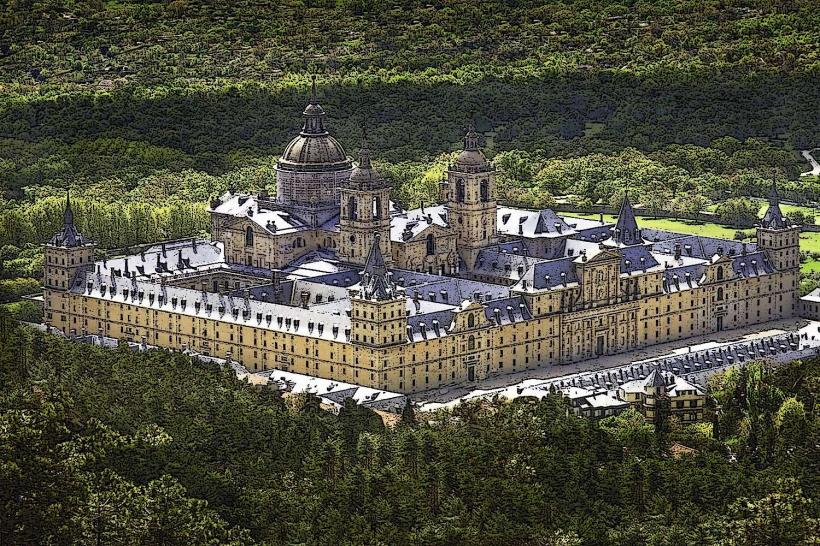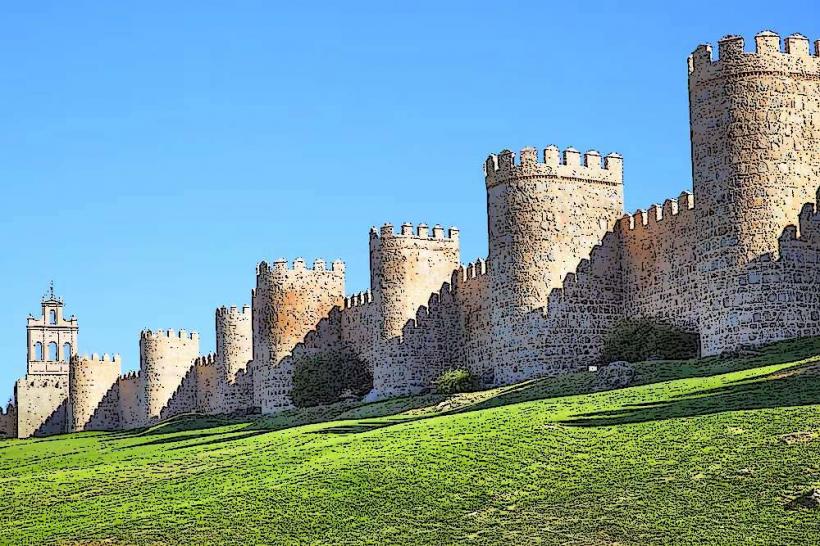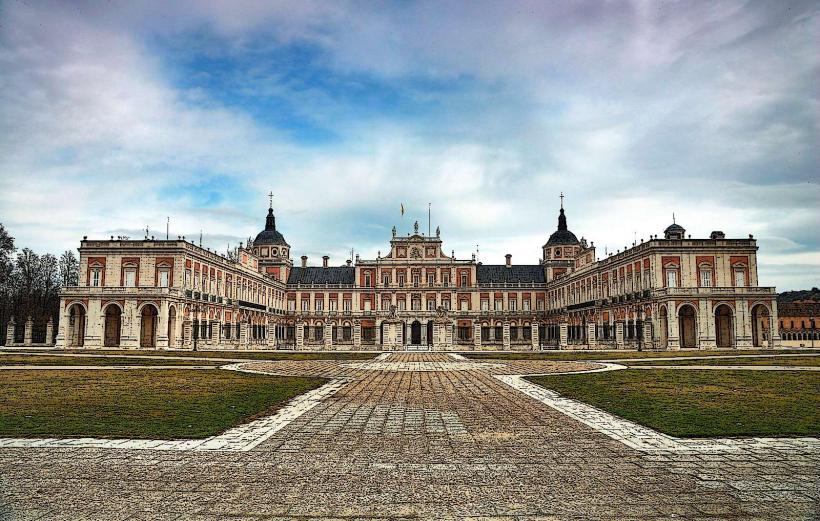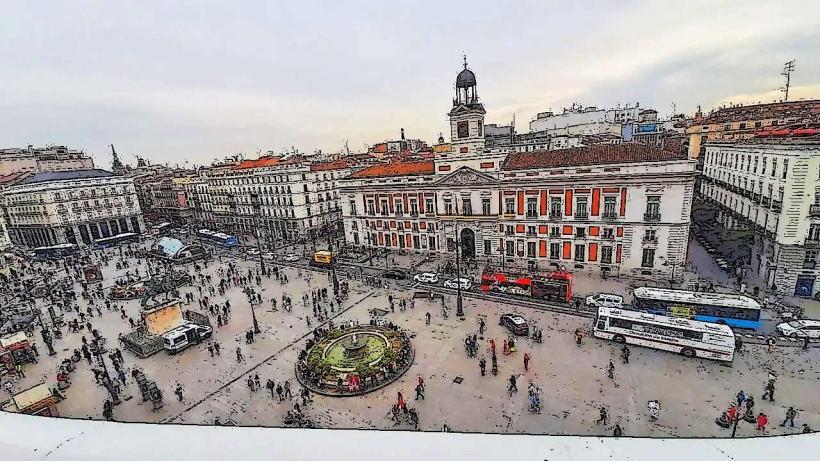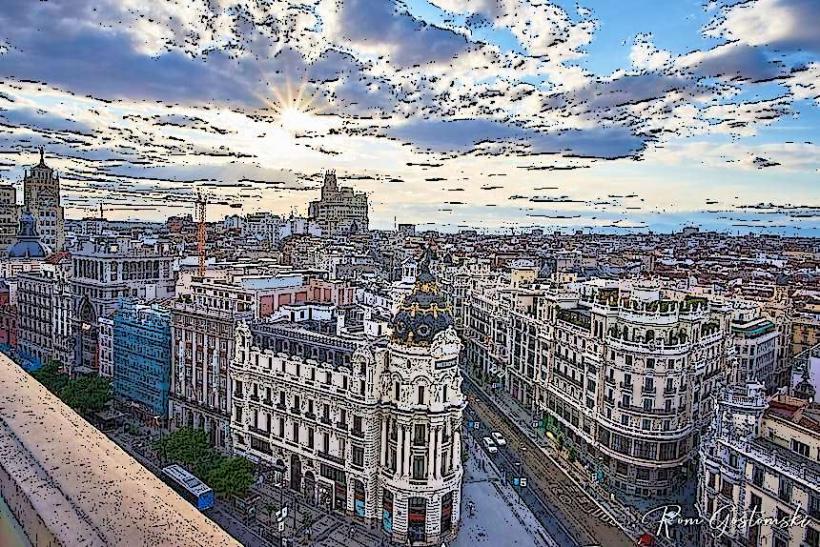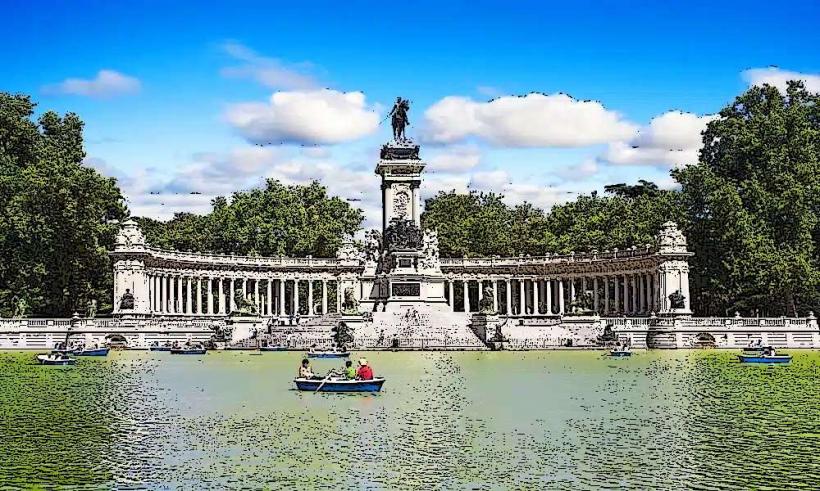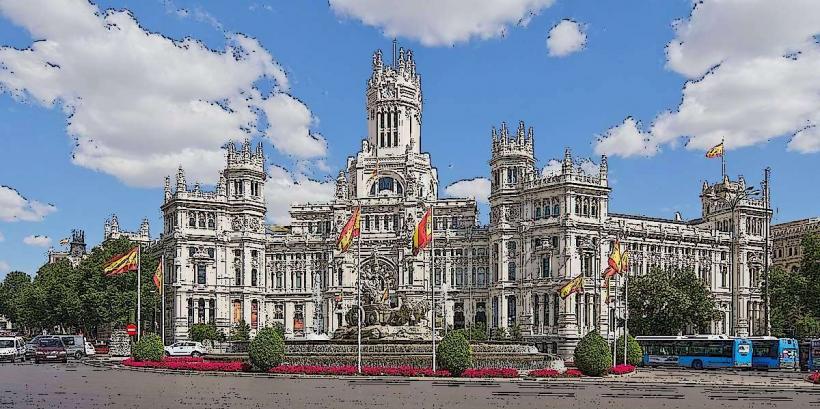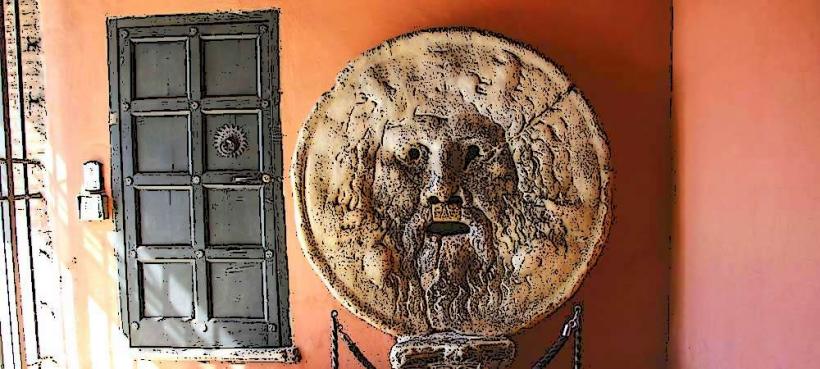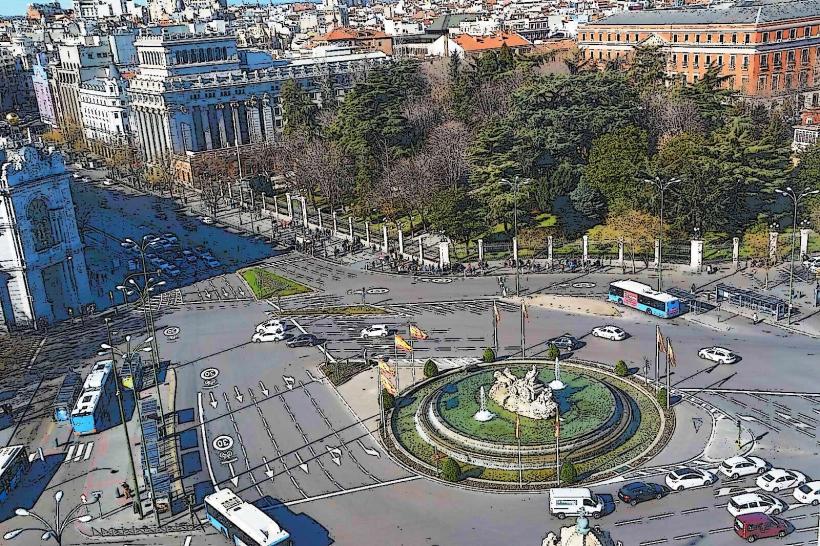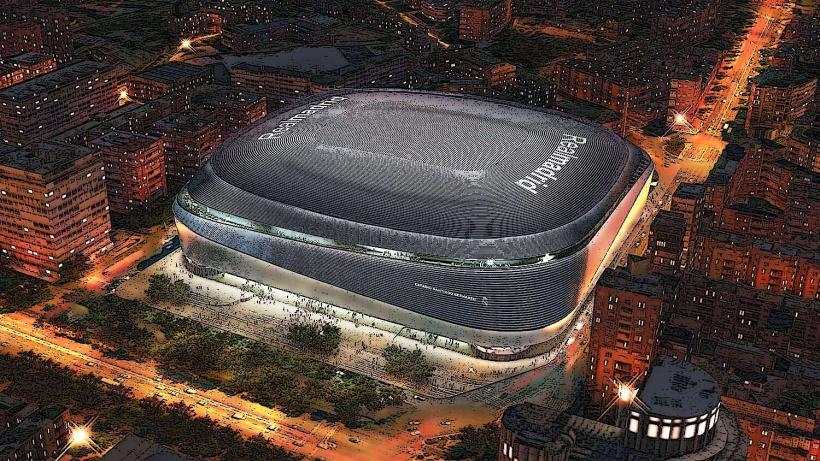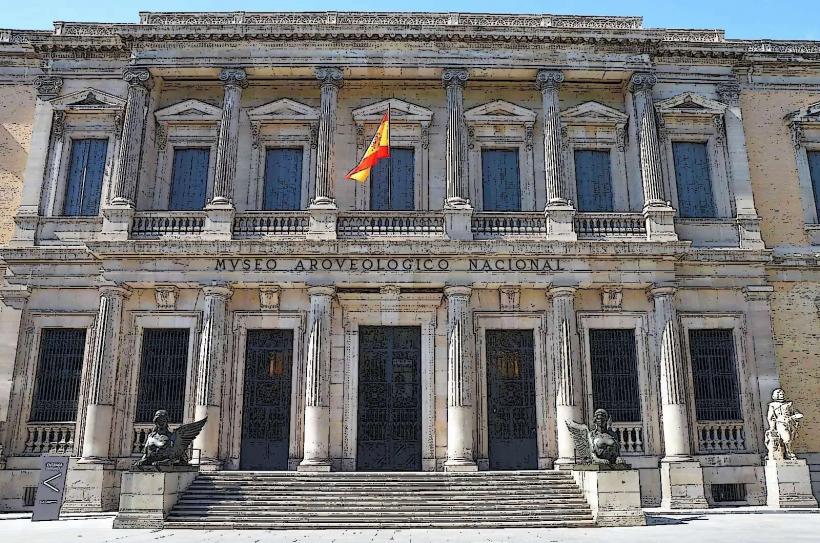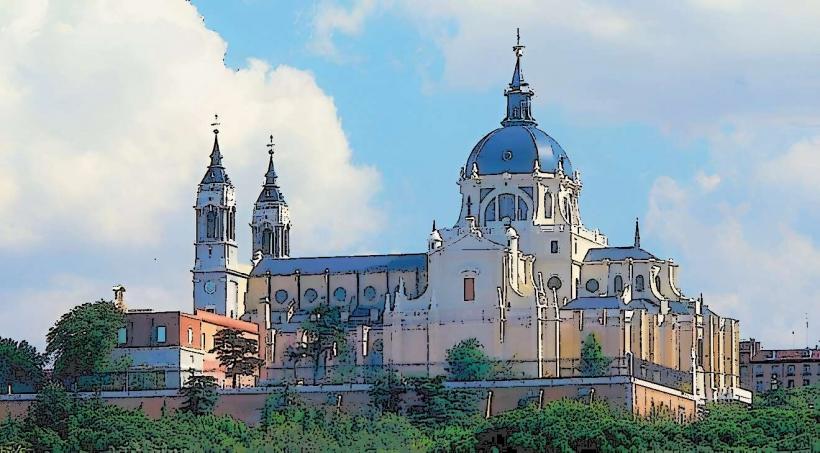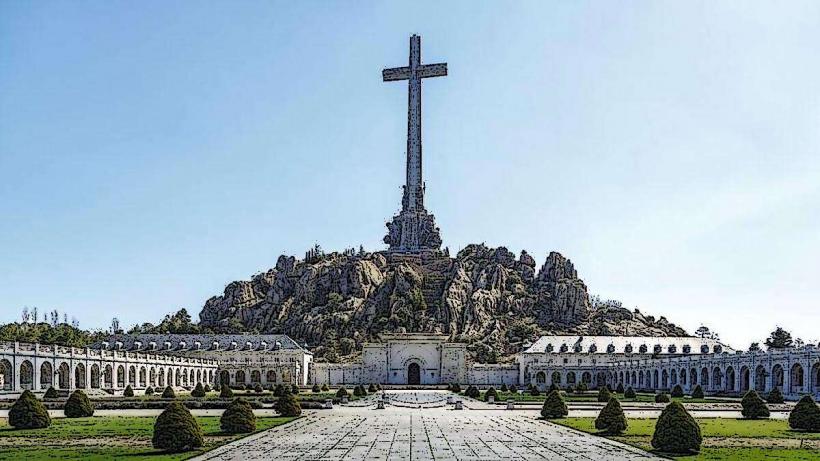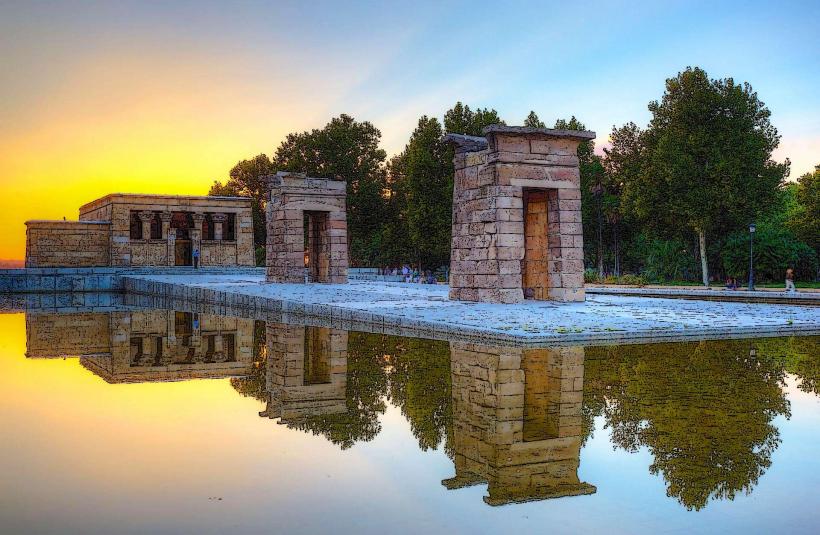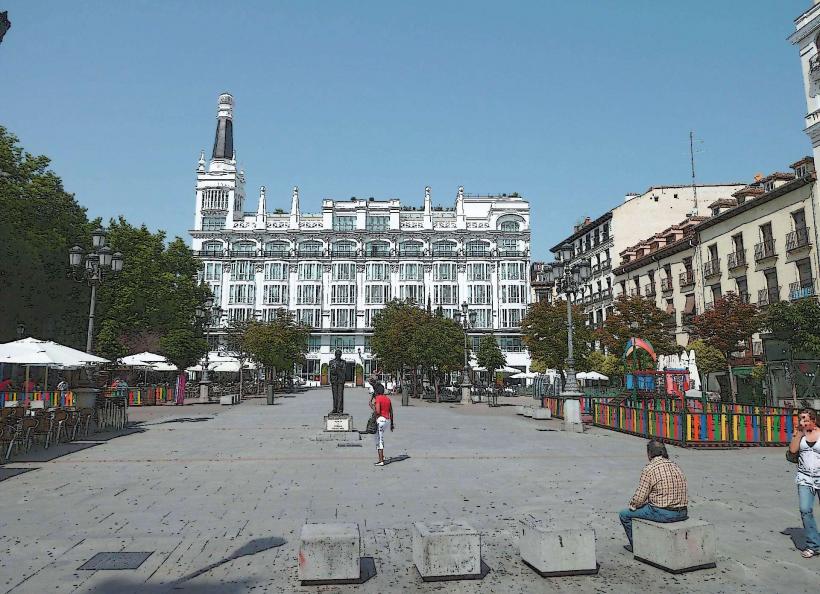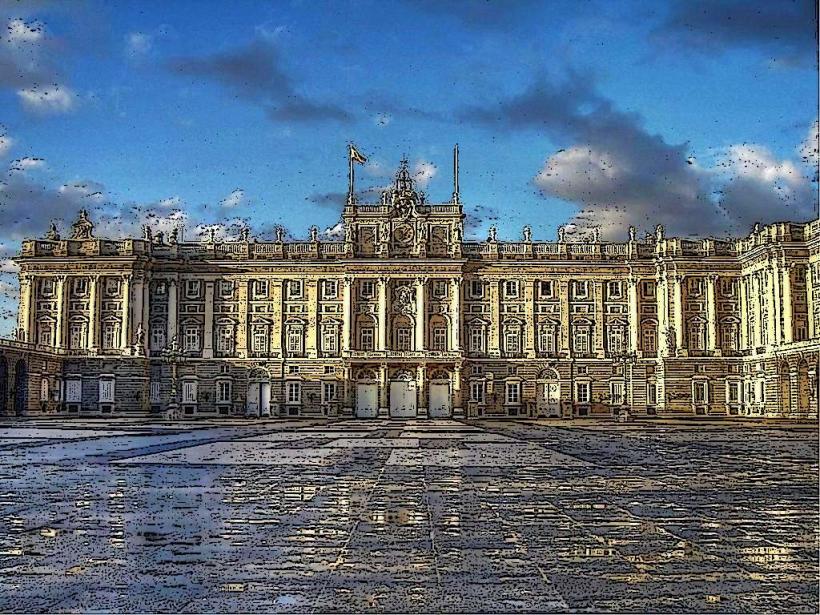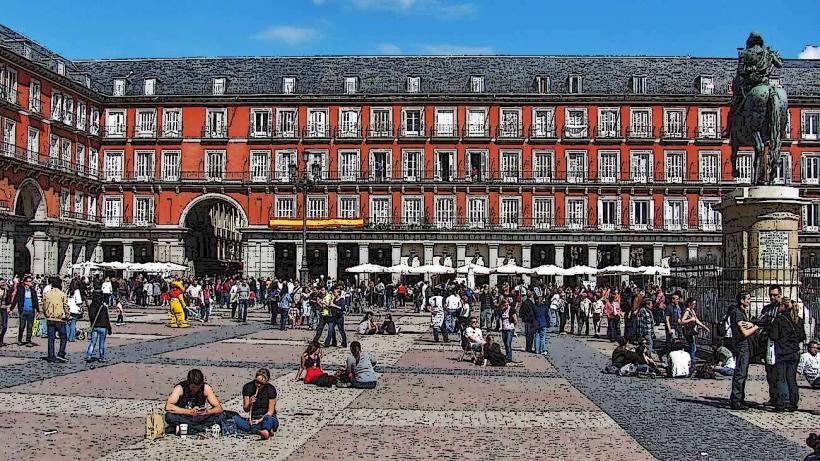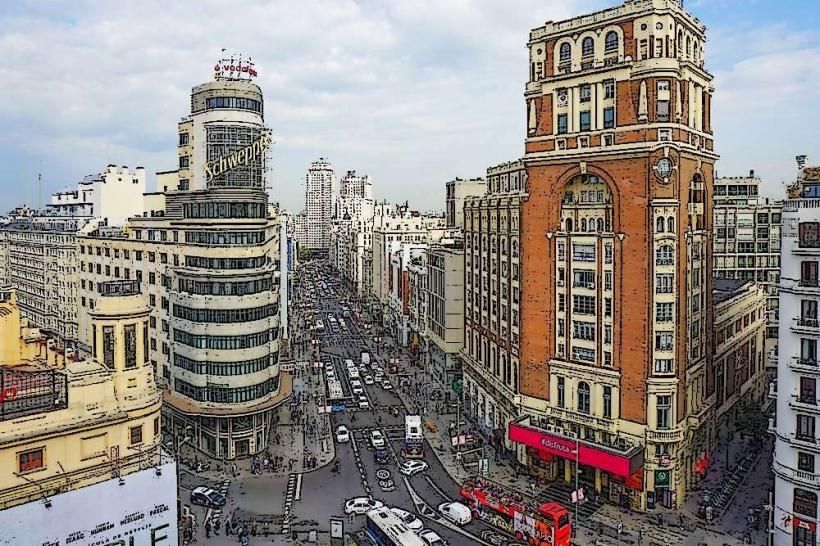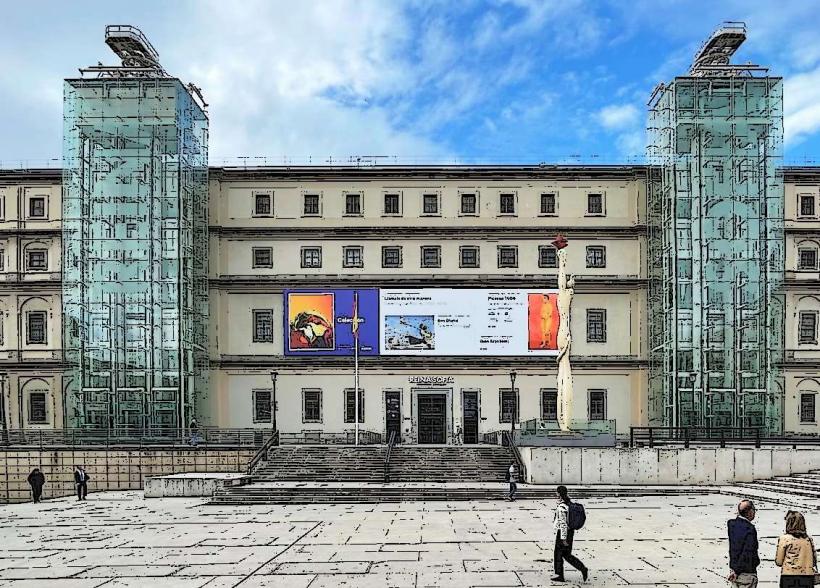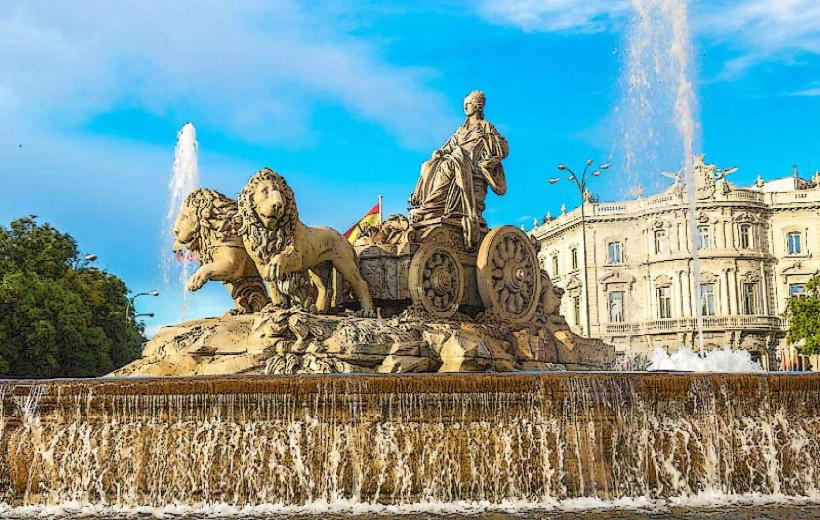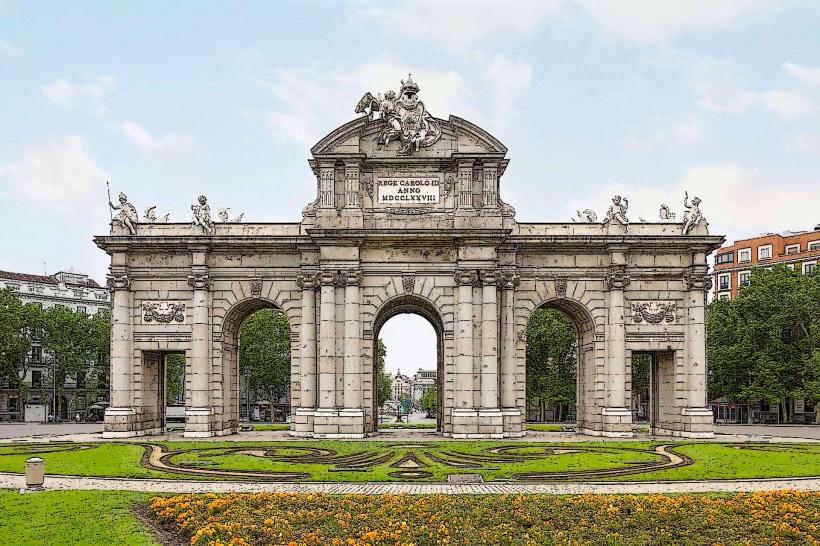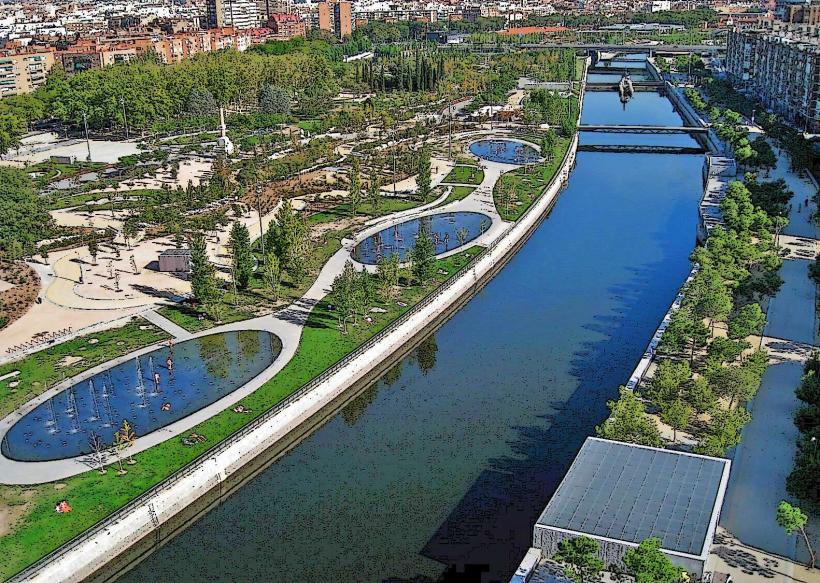Information
Landmark: Museo del PradoCity: Madrid
Country: Spain
Continent: Europe
Museo del Prado is one of the most prestigious and renowned art museums in the world, located in Madrid, Spain. It is home to an extraordinary collection of European art, spanning from the 12th century to the early 20th century, with an emphasis on the Spanish Golden Age and the works of the great masters of the Renaissance, Baroque, and Romantic periods.
History and Background
The Prado Museum was founded in 1819 by King Ferdinand VII. Its creation was part of the Spanish monarchy’s effort to preserve and showcase the royal collection of artworks. The museum originally began with the works of the Spanish royal collection, but over time, it expanded to include masterpieces from other European schools of painting.
The museum is housed in an elegant neoclassical building, designed by architect Juan de Villanueva. Over the years, the museum has expanded to include additional wings, most notably the Sabatini Building and the newest extension by architect Rafael Moneo, which has significantly increased the museum’s exhibition space.
Collection and Exhibits
The Museo del Prado is particularly known for its extensive collection of European paintings, including works by some of the most famous artists in history. Its collection spans over 8,000 works of art, with highlights from Spain, Italy, Flanders, and the Netherlands.
Spanish Artists
- Diego Velázquez: The museum's collection of Velázquez's works is unparalleled, and his masterpiece "Las Meninas" is one of the museum’s star attractions. This painting, widely regarded as one of the greatest works in the history of art, offers a complex portrayal of the Spanish royal family and has sparked much scholarly debate.
- Francisco Goya: The Prado holds an extensive collection of Goya's works, including his famous "Black Paintings", a series of dark and haunting works that reflect his despair and disillusionment later in life. His "The Third of May 1808", depicting the execution of Spanish civilians by French soldiers, is a powerful symbol of the horrors of war.
- El Greco: The museum also has several notable works by the Greek-Spanish painter El Greco, who was instrumental in the development of the Spanish Renaissance. His distinctive style and use of color and light set him apart from his contemporaries.
European Masters
- Titian: The Prado has an extensive collection of works by Titian, a Venetian painter who is considered one of the greatest artists of the Renaissance. His "Venus of Urbino" and "The Rape of Europa" are among the highlights of the collection.
- Peter Paul Rubens: The collection includes several large, vibrant works by the Flemish Baroque master, including "The Three Graces" and "The Descent from the Cross".
- Rembrandt: The Prado features notable works by Rembrandt, including his "Self-Portrait" and his portrayal of Biblical scenes.
Other Notable Artists
The museum also holds works by François Boucher, Anton Raphael Mengs, Jerónimo Jacinto de Espinosa, and Jusepe de Ribera, among others. The collection includes sculpture, decorative arts, prints, and drawings alongside the paintings, offering a comprehensive look at European art over centuries.
Masterpieces
Some of the key highlights of the Prado Museum include:
- "Las Meninas" by Diego Velázquez: Arguably the most famous painting in the Prado, this large, enigmatic canvas offers a unique perspective on the Spanish royal court.
- "The Third of May 1808" by Francisco Goya: A striking anti-war masterpiece that portrays the brutal execution of Spanish civilians by French soldiers.
- "The Garden of Earthly Delights" by Hieronymus Bosch: A highly detailed triptych that explores themes of creation, temptation, and damnation, it remains one of the most intriguing and enigmatic works in the museum.
- "The Triumph of Bacchus" by Diego Velázquez: Also known as "Los Borrachos", this painting showcases the god of wine surrounded by common folk, reflecting Velázquez's talent for capturing the human form in different social settings.
- "The Family of Charles IV" by Francisco Goya: A royal portrait depicting the Spanish royal family in the late 18th century, notable for Goya's portrayal of the personalities and imperfections of the family members.
Architecture and Layout
The museum is housed in a neoclassical building designed by Juan de Villanueva in the late 18th century. The design follows the principles of classical architecture, with symmetrical lines, columns, and a simple yet elegant facade. The museum has expanded several times, most notably with the addition of the Sabatini Building in the 20th century and the Rafael Moneo extension, which opened in 2007.
The museum’s layout is designed to guide visitors through the collection, with the most important works placed in central galleries. Some of the galleries are dedicated to particular schools of art, such as the Spanish, Flemish, Italian, and Dutch schools, while others focus on the Renaissance, Baroque, or Romantic periods.
Visitor Experience
- Permanent Collection: The museum is open year-round, and visitors can view its collection of over 8,000 works. It is advisable to plan your visit in advance, as the museum is large, and a full tour can take several hours.
- Temporary Exhibitions: In addition to its permanent collection, the Prado hosts rotating exhibitions that highlight specific themes, artists, or periods in art history. These exhibitions are often interactive and provide deeper insight into specific works or movements.
- Guided Tours and Educational Programs: The Prado offers guided tours, workshops, and lectures, making it accessible to all visitors, from art enthusiasts to school groups. Audio guides and digital resources are also available to enhance the visitor experience.
- The Prado’s Gardens: Visitors can also enjoy the museum's beautiful gardens and outdoor spaces, where they can take a break and relax surrounded by greenery.
Location and Accessibility
The Prado Museum is located on Paseo del Prado, one of Madrid's most important boulevards. It is easily accessible by metro, bus, and on foot from other central areas like Puerta del Sol and Plaza Mayor. It is also part of the Golden Triangle of Art, which includes the Reina Sofía Museum and the Thyssen-Bornemisza Museum, making it an essential stop for art lovers in Madrid.
Conclusion
The Museo del Prado is a cultural treasure trove, offering an unparalleled collection of European art. Its masterpieces, historical significance, and outstanding architecture make it a must-visit destination for anyone traveling to Madrid. Whether you're an art enthusiast, a history buff, or a casual visitor, the Prado offers an enriching experience that showcases the rich cultural heritage of Spain and Europe.

